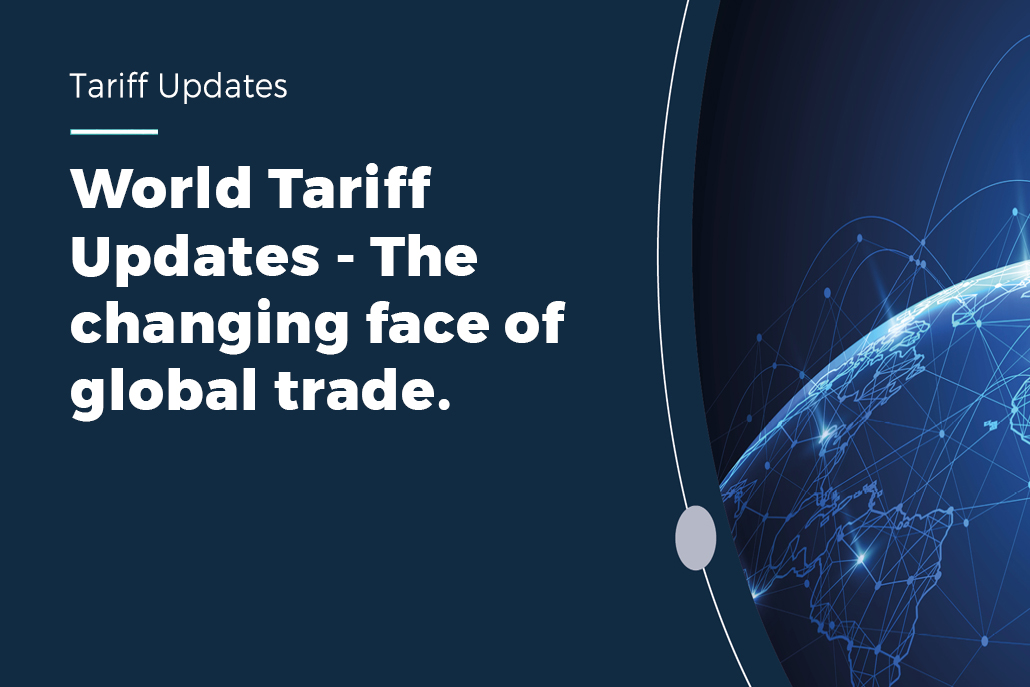Harmonized System (HS) codes are a key element of the customs clearance process. But what are they? You might already know them as ‘tariff numbers’ — they tell you how much import duty tax you need to pay.
With so many customs regulations in place, harmonised codes ensure countries stay on the same page with product classifications, regardless of language barriers.
This article will help you understand the Harmonized System, why it exists and how to use HS codes for a smooth customs clearance process.
What Is an HS Code?
A Harmonized System (HS) code is a standardised number used to identify the type of goods being imported or exported. More than 200 countries currently use HS codes, which are also known as ‘commodity codes’ or ‘tariff numbers’. They classify products to ensure the correct customs duties and taxes are paid.
Besides identifying and classifying goods for customs authorities, HS codes facilitate data transmission and research. They help governments understand the impact of international trading agreements and produce statistics on the types of goods being traded globally.
If you don’t include the Harmonized System code on your shipment documents, you risk delays. The recipient might also have to pay a higher tax.
What are HS6 codes?
The World Customs Organization (WCO) assigns universally recognised six-digit codes to different types of trade products. These HS6 codes form the basis of harmonized codes around the world.
The WCO lets individual countries add extra numbers to the end of the standard code. This allows countries to further refine their classifications. These country-specific longer codes can define tax or preferential rates and don’t usually exceed 10 digits. They can be used for statistical purposes, to identify products under an FTA (Free Trade Agreement) or even to assign a punitive rate.
How often are HS codes updated?
The Harmonised codes are revised and updated every five years to stay relevant to product types, production levels and technology. The most recent update went into effect in 2022, and that edition of the Harmonized System Nomenclature is available online.
How Do I Find Out My HS Code?
You can find your HS code on your country’s government website. Likewise, free online HS lookup tools let you search for commodity codes by typing in a product description.
Imagine you’re shipping confectionery to another country. You might search for ‘sweets’ or ‘candy’ and the online HS lookup will prompt you to select more specific descriptions from a dropdown menu to determine the product. For example, you might choose ‘sugar confectionery not containing cocoa’ from multiple options and drill down until you reach ‘boiled sweets, whether or not filled’. If this is an accurate description, your HS code is 170490.
Your freight company can also advise you on what HS codes they have used to get similar products through customs clearance. This can be a bit riskier, and it’s worth double-checking as you (the seller) are legally liable for the accuracy of any tariff numbers you use.
HS codes are determined using the description of goods. So if other people are identifying the commodity code for you, make sure your product descriptions are clear and accurate.
How to identify a product’s HS code
Harmonized codes contain 6-10 numbers. The HS code’s format is separated into four parts — a chapter (general product category), a heading, a subheading and country-specific code (where applicable). Each part of the code provides a separate level of information.
For example, if you’re sending small packs of green tea, the HS6 code would be 0902.10 The breakdown looks like this:
Chapter — 09 (Coffee, tea, maté and spices)
Heading — 0902 (Tea, whether or not flavoured)
Subheading — 10 (Green tea – not fermented – in immediate packings of a content not exceeding 3 kg)
The first six digits comprise the international HS code, but some countries might add a specific code as a suffix. Remember to check with your own government website.
Ensuring You Have The Correct HS Code
HS codes form the foundation of your shipping paperwork. Getting them right will save you and your customers time, hassle and money.
Fortunately, today’s tech can do the legwork so you don’t need to take any risks with HS code classification. Our Zephyr API is an easy and light integration that makes data enhancement a breeze. It finds and validates HS6 codes and other consignment data for retailers and marketplaces. And if any issues crop up, Zephyr will alert you with a status code.
If you have any questions about our customs clearance solutions, please contact us













